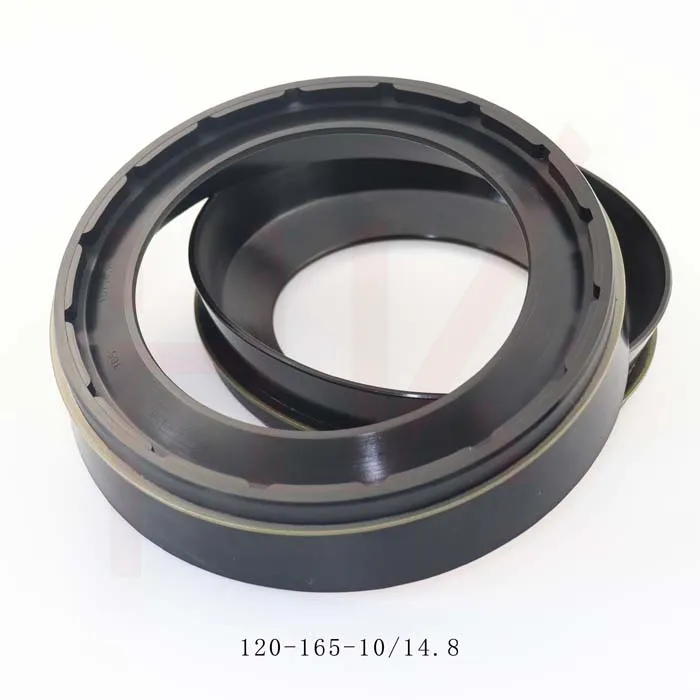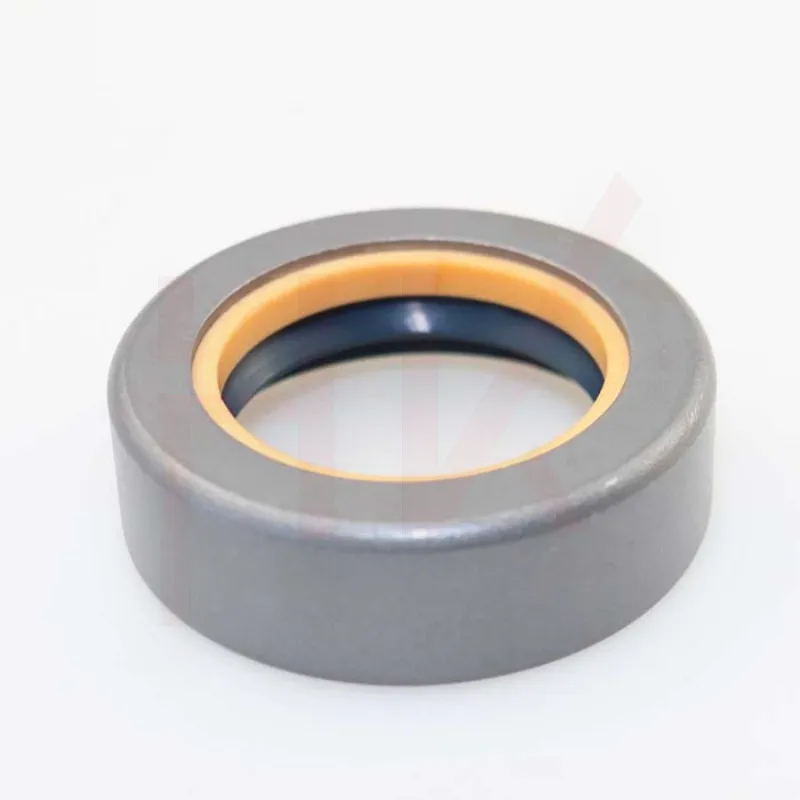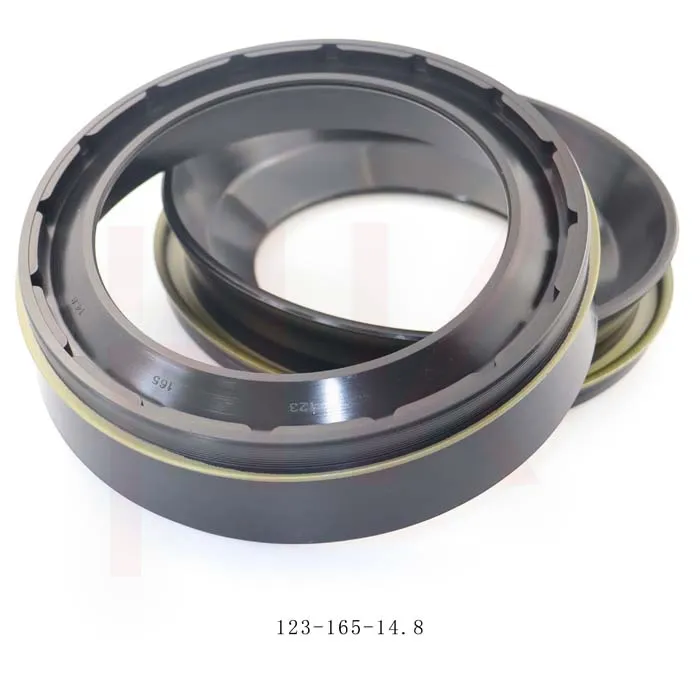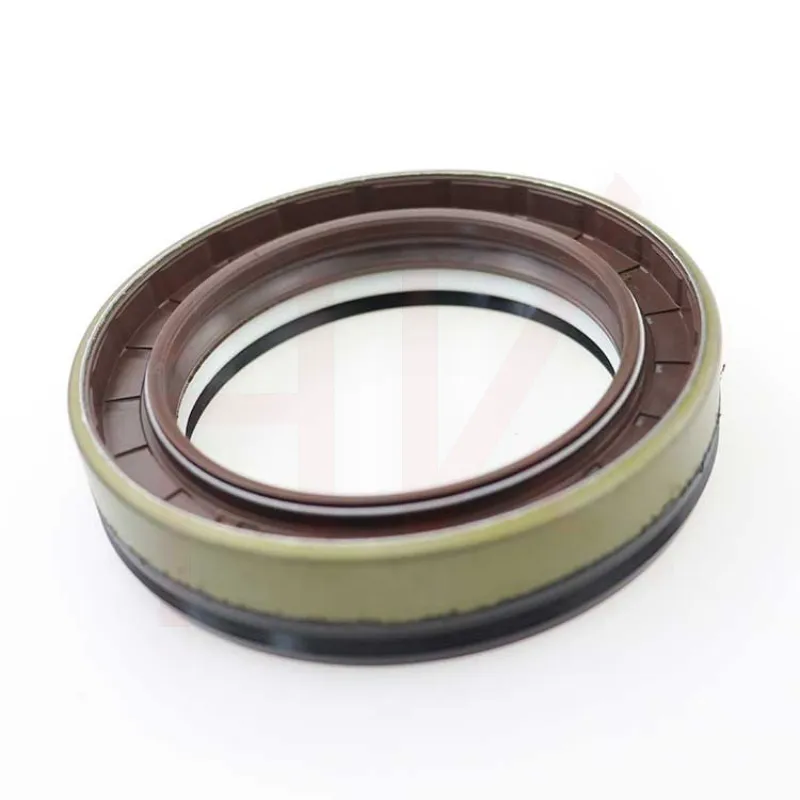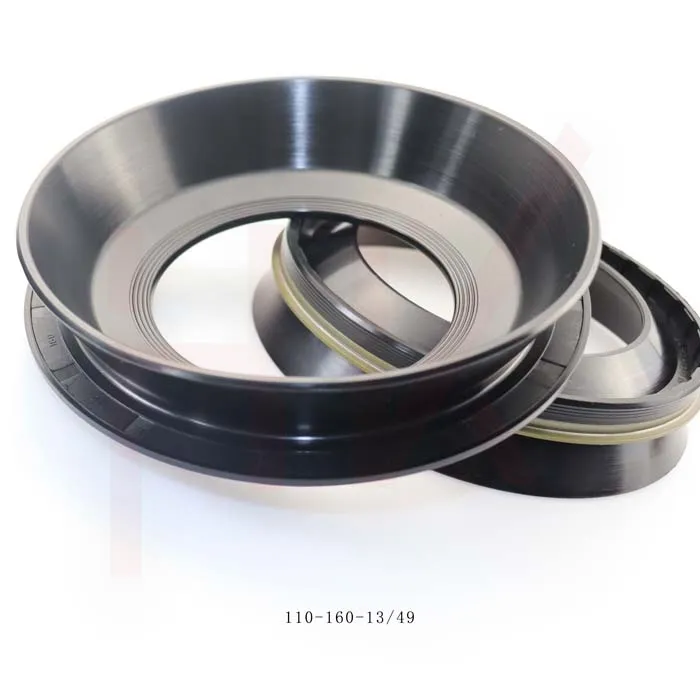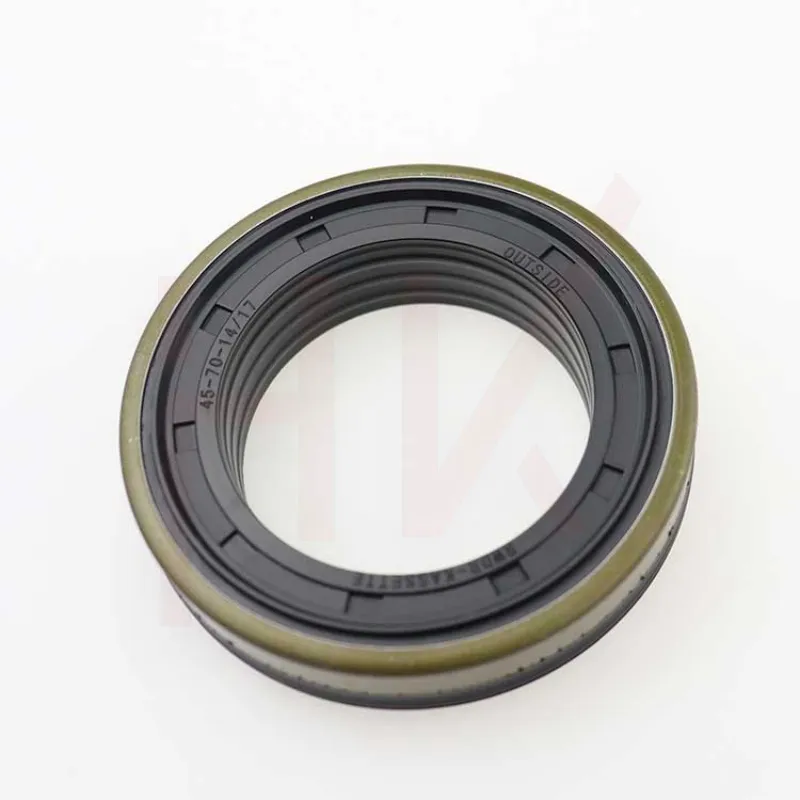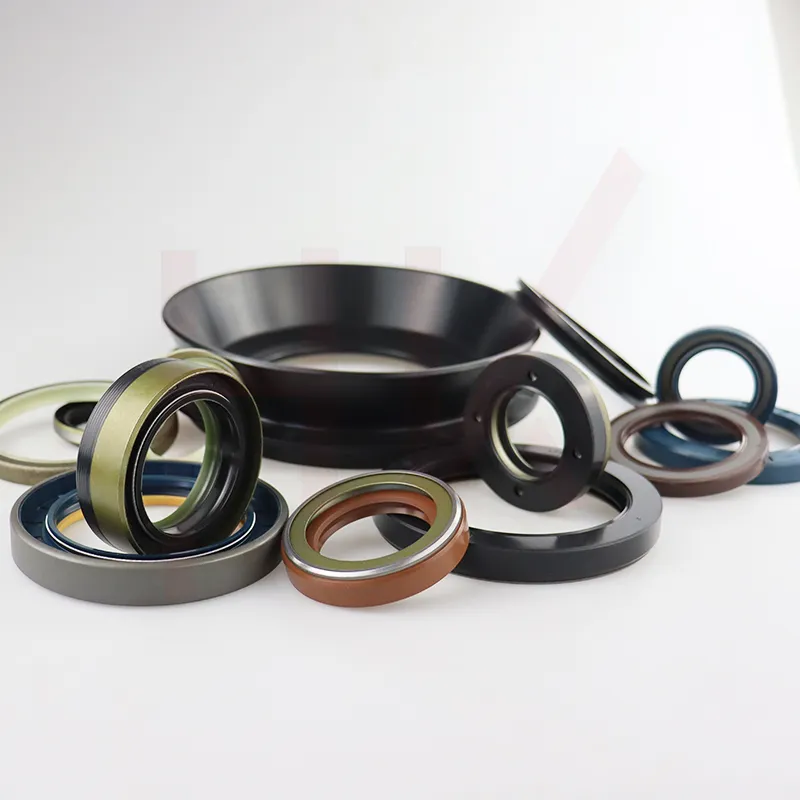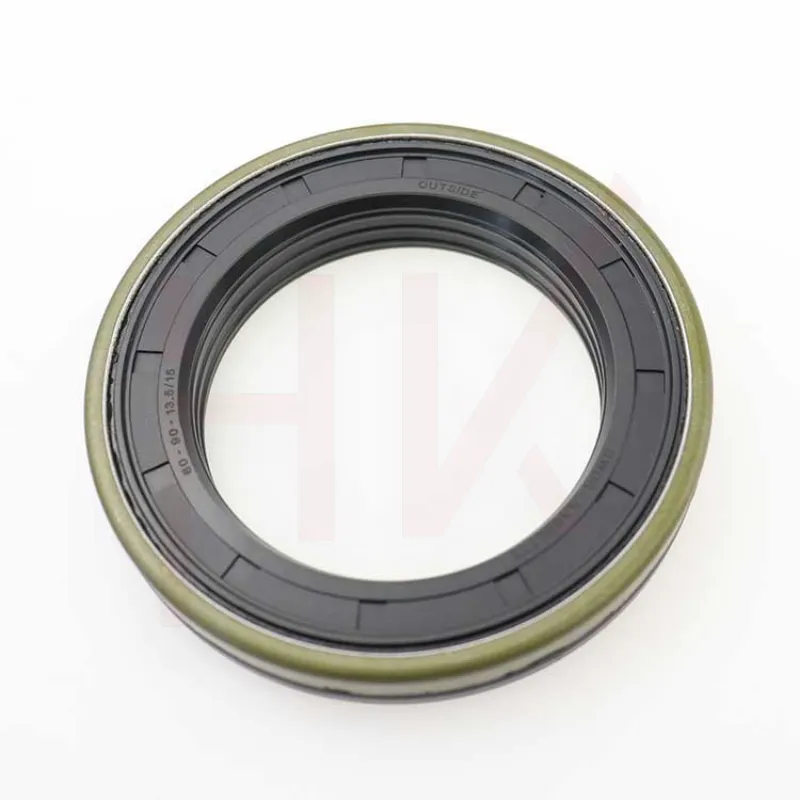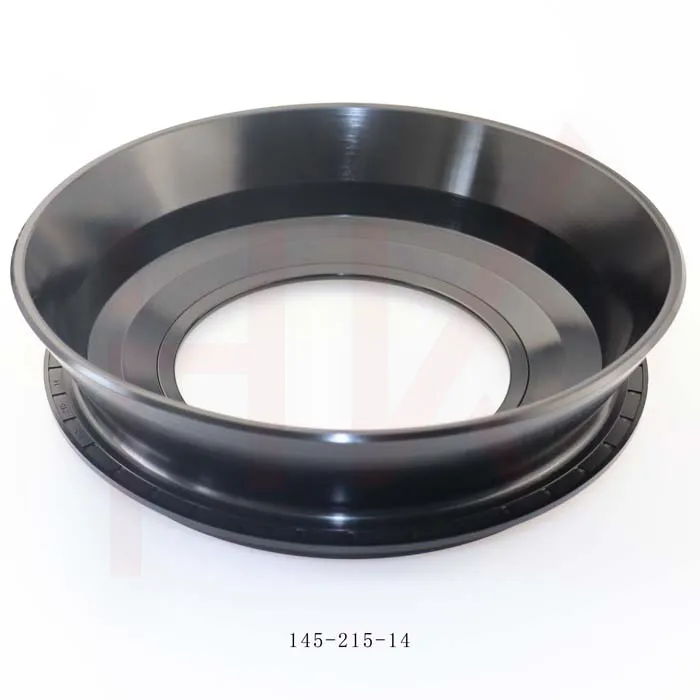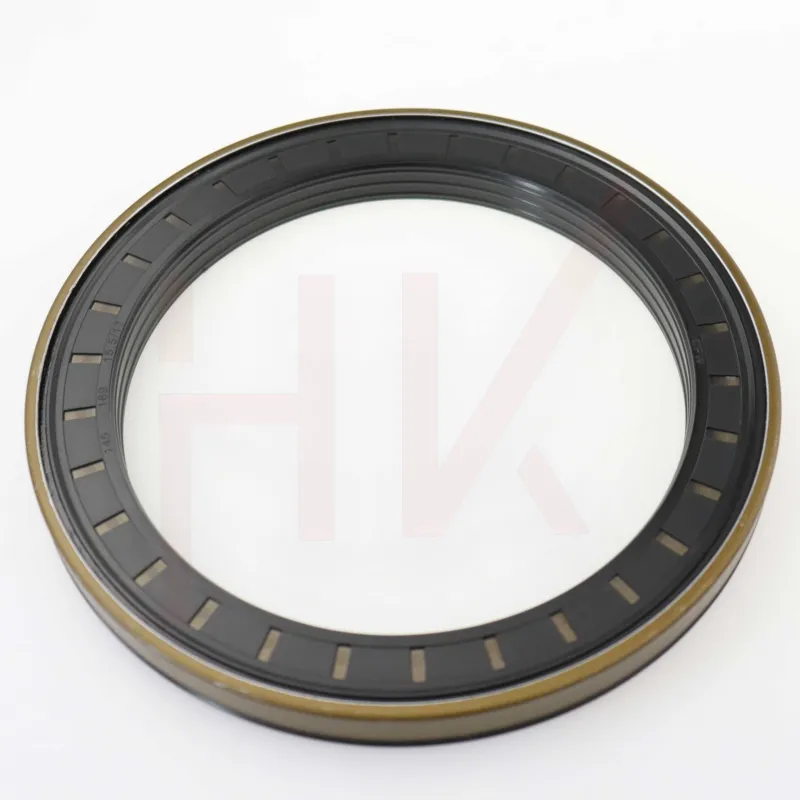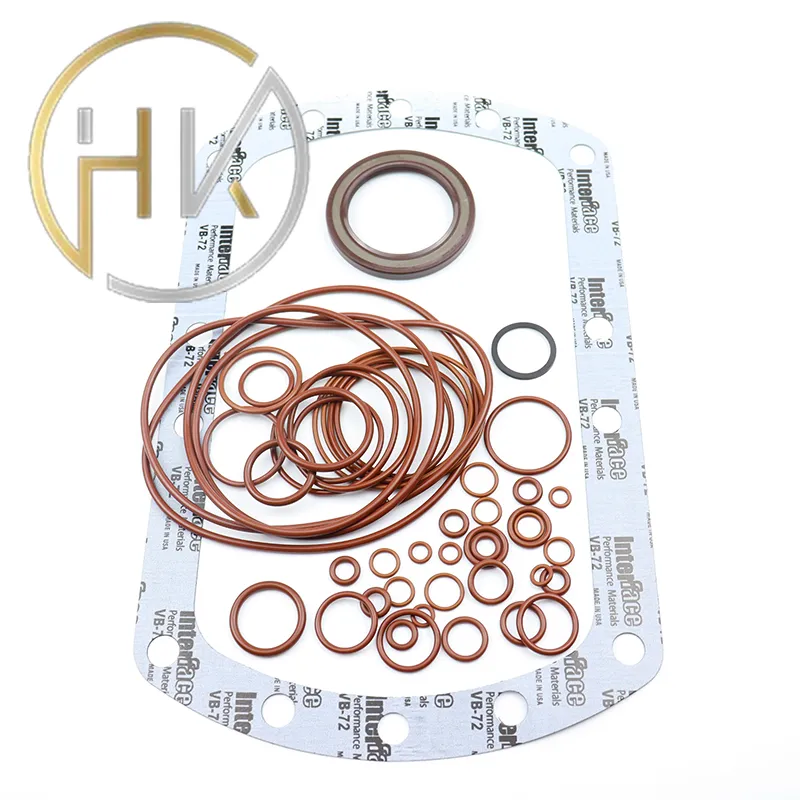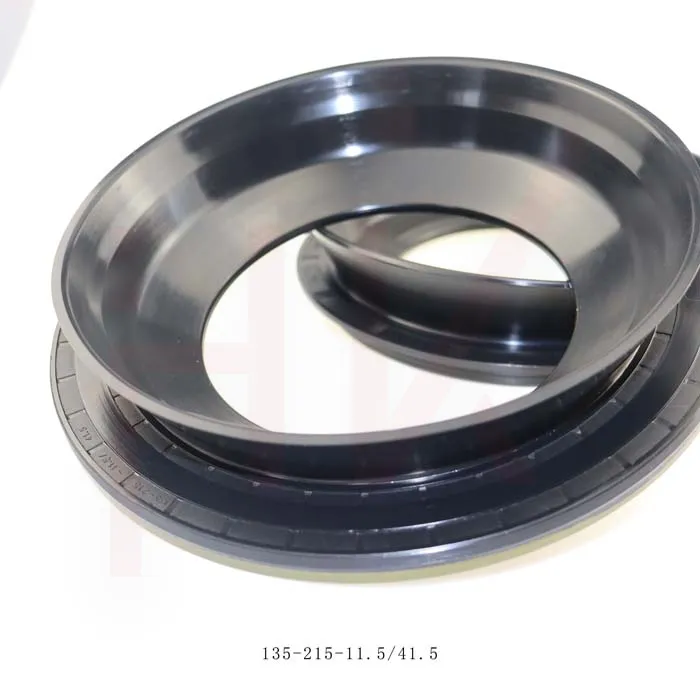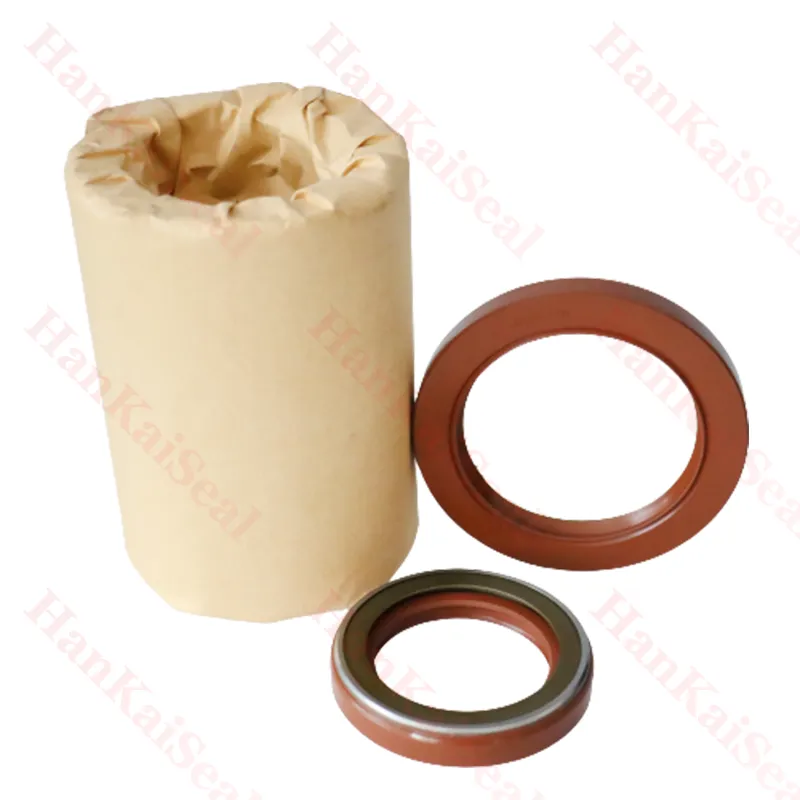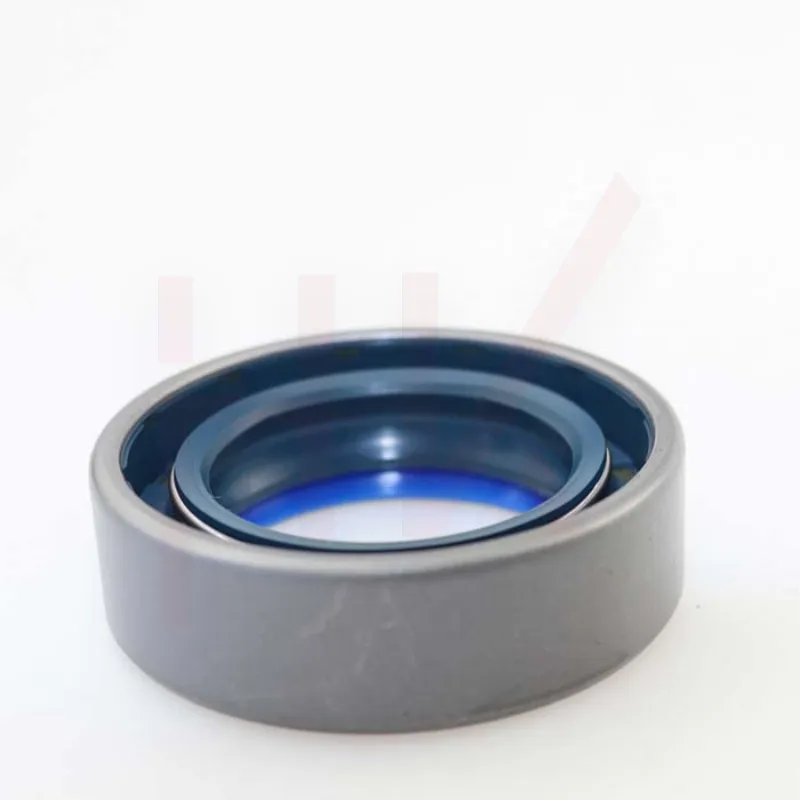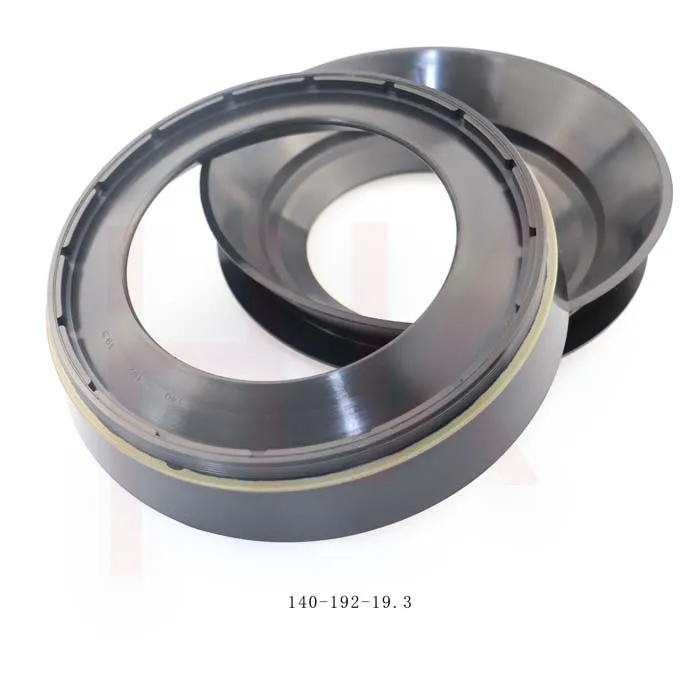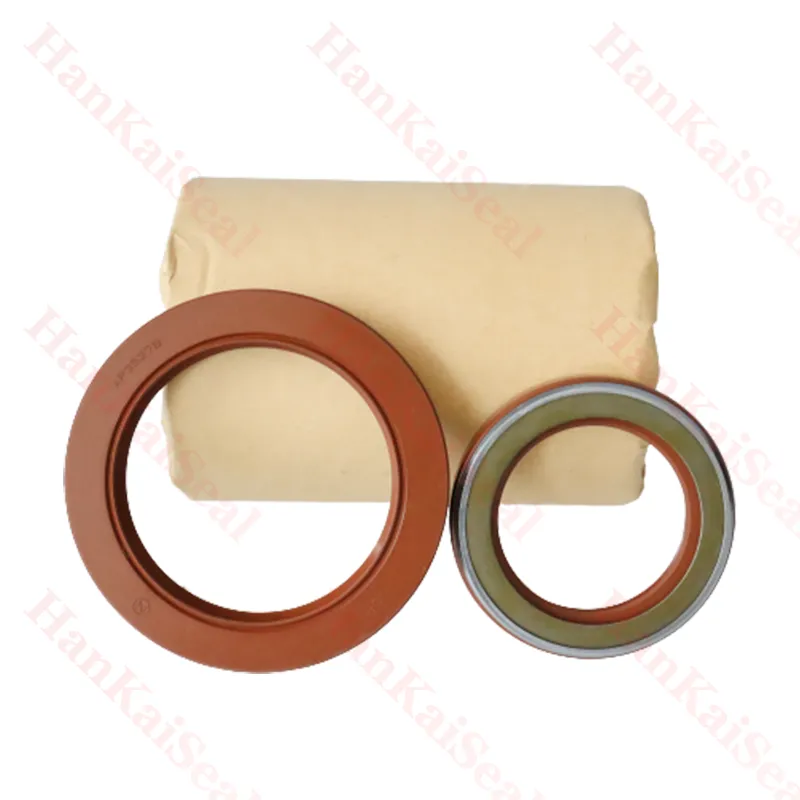Jun . 15, 2024 11:47 Back to list
Oil seal replacement for hydraulic pump.
The hydraulic pump, a crucial component in many industrial and mechanical systems, relies heavily on the integrity of its oil seal to maintain efficiency and prevent leakage. An oil seal, also known as an oil seal ring or shaft seal, is designed to keep lubricants inside the pump while preventing contaminants from entering. In the world of hydraulics, the performance of these seals can make or break the functionality of the entire system.
A hydraulic pump operates under high pressure and temperature conditions, which makes the role of the oil seal even more critical. These seals are typically made from materials such as rubber, polytetrafluoroethylene (PTFE), or various types of synthetic compounds that can withstand the harsh environment within the pump. The design of the seal is meticulous, ensuring a tight fit around the rotating shaft without causing excessive friction or wear.
Over time, however, oil seals can degrade due to constant exposure to heat, chemicals, and mechanical stress. When this happens, the seal may begin to crack, harden, or shrink, leading to leaks that compromise the pump's ability to maintain pressure. Leaks not only result in the loss of hydraulic fluid but can also introduce air into the system, which can cause further damage by creating air pockets that disrupt the flow of oil.
To mitigate these issues, regular maintenance and inspection of the oil seals are essential
To mitigate these issues, regular maintenance and inspection of the oil seals are essential To mitigate these issues, regular maintenance and inspection of the oil seals are essential
To mitigate these issues, regular maintenance and inspection of the oil seals are essential
To mitigate these issues, regular maintenance and inspection of the oil seals are essential
To mitigate these issues, regular maintenance and inspection of the oil seals are essential hydraulic pump oil seal. This includes periodic checks for signs of wear, such as cracks or softening of the material, as well as monitoring for any seepage around the seal. Should replacement be necessary, it is crucial to use a seal that matches the manufacturer's specifications to ensure compatibility with the pump's operating conditions.
In addition to physical checks, understanding the type of fluid used in the hydraulic system is also important because certain fluids can have a detrimental effect on the seal material over time. Using the correct fluid not only optimizes the pump's performance but also extends the lifespan of the oil seal.
In summary, the hydraulic pump's oil seal plays a pivotal role in maintaining the pump's efficiency and reliability. By ensuring the seal remains in optimal condition through regular maintenance and appropriate fluid selection, the longevity of the pump can be significantly enhanced. Neglecting the importance of the oil seal can lead to costly repairs and downtime, underscoring the need for vigilant upkeep in hydraulic systems.
hydraulic pump oil seal. This includes periodic checks for signs of wear, such as cracks or softening of the material, as well as monitoring for any seepage around the seal. Should replacement be necessary, it is crucial to use a seal that matches the manufacturer's specifications to ensure compatibility with the pump's operating conditions.
In addition to physical checks, understanding the type of fluid used in the hydraulic system is also important because certain fluids can have a detrimental effect on the seal material over time. Using the correct fluid not only optimizes the pump's performance but also extends the lifespan of the oil seal.
In summary, the hydraulic pump's oil seal plays a pivotal role in maintaining the pump's efficiency and reliability. By ensuring the seal remains in optimal condition through regular maintenance and appropriate fluid selection, the longevity of the pump can be significantly enhanced. Neglecting the importance of the oil seal can lead to costly repairs and downtime, underscoring the need for vigilant upkeep in hydraulic systems.
 To mitigate these issues, regular maintenance and inspection of the oil seals are essential
To mitigate these issues, regular maintenance and inspection of the oil seals are essential
To mitigate these issues, regular maintenance and inspection of the oil seals are essential
To mitigate these issues, regular maintenance and inspection of the oil seals are essential hydraulic pump oil seal. This includes periodic checks for signs of wear, such as cracks or softening of the material, as well as monitoring for any seepage around the seal. Should replacement be necessary, it is crucial to use a seal that matches the manufacturer's specifications to ensure compatibility with the pump's operating conditions.
In addition to physical checks, understanding the type of fluid used in the hydraulic system is also important because certain fluids can have a detrimental effect on the seal material over time. Using the correct fluid not only optimizes the pump's performance but also extends the lifespan of the oil seal.
In summary, the hydraulic pump's oil seal plays a pivotal role in maintaining the pump's efficiency and reliability. By ensuring the seal remains in optimal condition through regular maintenance and appropriate fluid selection, the longevity of the pump can be significantly enhanced. Neglecting the importance of the oil seal can lead to costly repairs and downtime, underscoring the need for vigilant upkeep in hydraulic systems.
hydraulic pump oil seal. This includes periodic checks for signs of wear, such as cracks or softening of the material, as well as monitoring for any seepage around the seal. Should replacement be necessary, it is crucial to use a seal that matches the manufacturer's specifications to ensure compatibility with the pump's operating conditions.
In addition to physical checks, understanding the type of fluid used in the hydraulic system is also important because certain fluids can have a detrimental effect on the seal material over time. Using the correct fluid not only optimizes the pump's performance but also extends the lifespan of the oil seal.
In summary, the hydraulic pump's oil seal plays a pivotal role in maintaining the pump's efficiency and reliability. By ensuring the seal remains in optimal condition through regular maintenance and appropriate fluid selection, the longevity of the pump can be significantly enhanced. Neglecting the importance of the oil seal can lead to costly repairs and downtime, underscoring the need for vigilant upkeep in hydraulic systems. Latest news
-
Wiper Oil Seal: Our Commitment to Clean Hydraulics
NewsAug.13,2025
-
Hydraulic Oil Seal for Self Discharging Cars
NewsAug.13,2025
-
Hub Oil Seal for Agricultural Tractor Hubs
NewsAug.13,2025
-
Skeleton Oil Seal with NBR Material
NewsAug.13,2025
-
Rotary Lip Seal for High Pressure Applications
NewsAug.13,2025
-
Cylinder Seal Kits Our Legacy of Hydraulic Trust
NewsAug.13,2025
-
Unlocking the Potential of Hydraulic Systems with Essential Sealing Solutions
NewsAug.06,2025
Products categories

